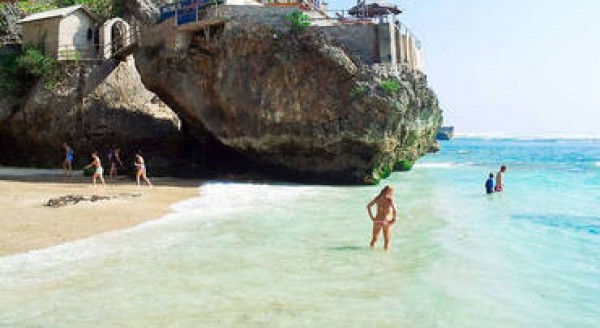
The tropical paradise that Bali is, there are beautiful beaches everywhere you go. Catch the beachy vibes.
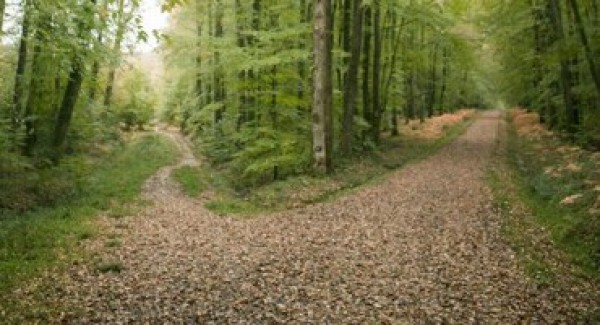
Go off the usual tourist circuit, visit a village tucked away in the hills, or hang out in streets that are not in the tourist handbooks.
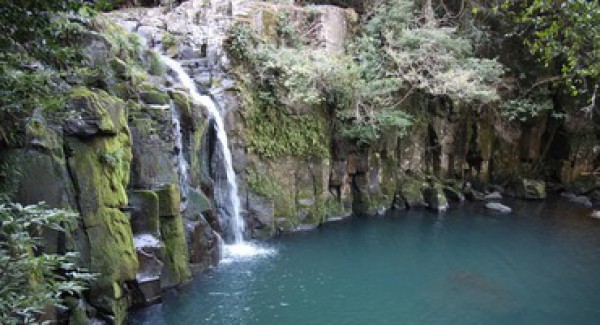
Balinese highlands have so many beautiful waterfalls just waiting to be discovered. See the famous ones, lesser-known ones, or find some of your own.
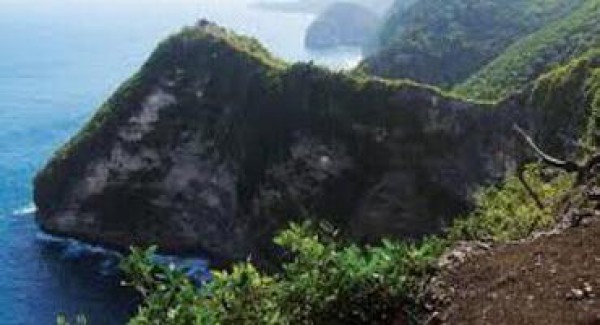
There are 17,000 islands in Bali & Beyonds, lush with jungle and surrounded by blue seas. Explore. Channel your inner Crusoe.

Warungs are wayside shops that the locals patronize. Catch the local flavor
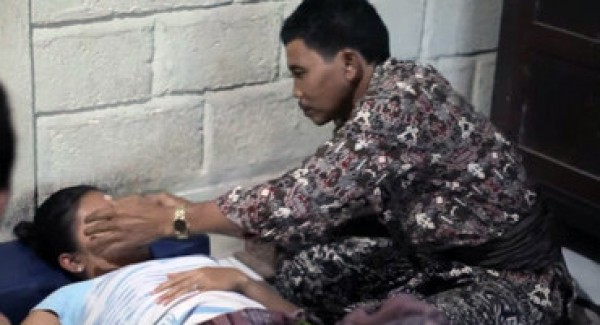
The East is where you see traditional healers work their magic with herbs and spells. Visit one and discover their mystique.

Go boho at Canggu's hipster cafes, boutiques, spas, and bars. Also, it is one of the best places to go vegan.
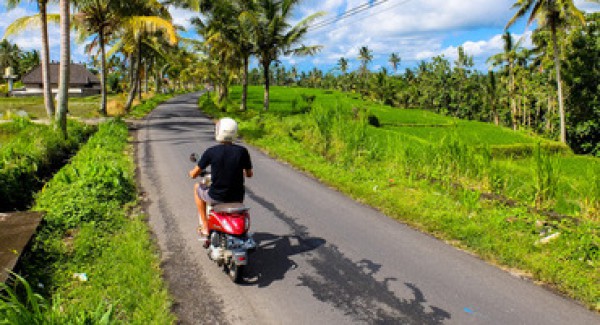
What better way to see Bali than with the sun on your face and wind whipping your hair.

Bali has salons and spas that offer the best services that are easy on the pocket. Make the most of it.

Visit the John Hardy Kapal Bamboo Boutique & Workshop at Mambal to know more about traditional Balinese jewellery making and architecture. Who knows what treasure you might pick up?
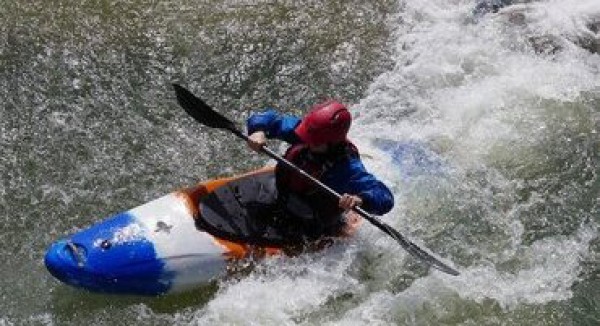
From banana boats to parasailing to scuba diving, if the ocean is your playground, then Bali is where you should be at.

Fancy a tailored dress? A monogrammed wallet? Or a customized ceramic plate to commemorate your Bali trip? Watch out for the shop signs. There are plenty in Bali who offer just that.
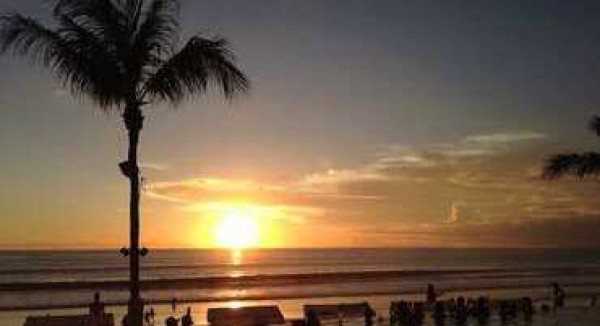
Balinese sunsets are probably the best in the world – an entire show of light and color, with so many beautiful spots to watch it from. Don't miss.

Upgrade your hair spa with a Balinese cream bath – a sure shot way to perk up those sun-tired locks.

Stretch and bend at one of the breathtaking yoga studios. You won't be able to figure out whether it is the yoga or the view that has you so relaxed.
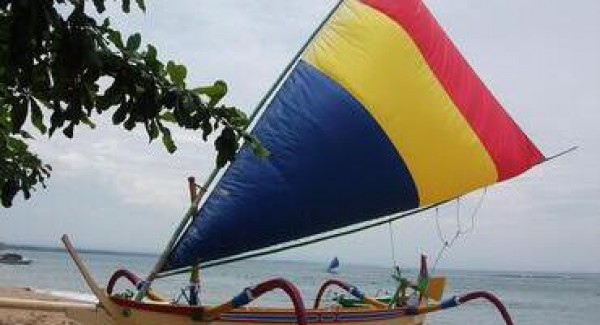
Strike a deal with the local skipper and sail on a local fishing boat. Come home with the catch of the day or stories of the one that got away.
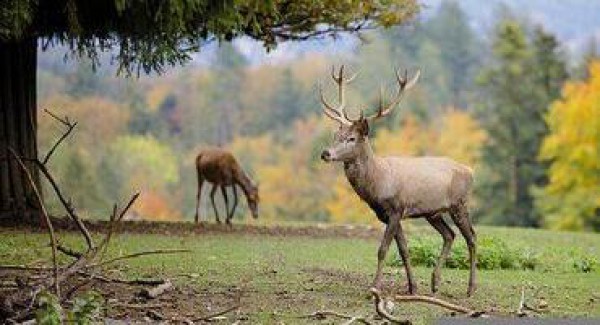
How would deer end up on a tiny island? Try solving Bali's deer mystery at the Menjangan National Park.
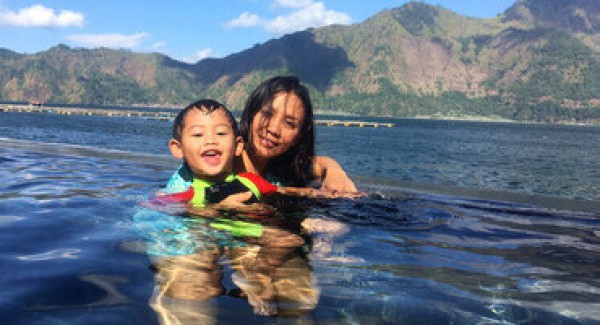
Lava-heated waters laden with minerals are the best for wellness. Check out Bali's hot springs, twiddle your toes, and literally soak in all the goodness.

Bali is famous all over the world for its relaxing massages and spa treatments. Surrender to the charms of a professional's fingertips and just bliss out.

Be the new waverider in town. Many Balinese beaches offer surfing instruction and there are plenty of places where you can hire equipment inexpensively. The splendid waves, of course, are completely free.

Take the afternoon off and toot over to L'Atelier Parfums et Créations at TS Suites hotel in Seminyak, where you can take a three-hour or a 90-minute perfume workshop to create a unique perfume in a 30ml bottle. The scent of Bali – just for you.
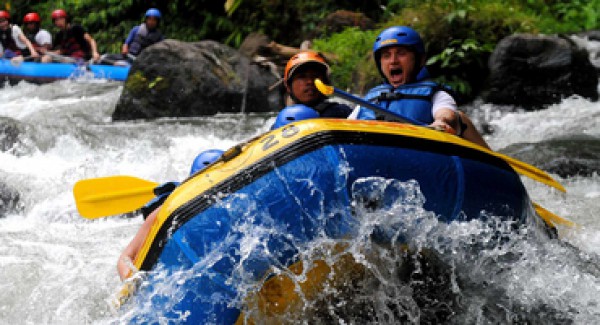
Reinvent Ubud as a thrill seeker. Go beyond the usual Ubud charms of health food, yoga and tranquil jungles and jump off waterfalls, hop on quad bikes with your squad or raft the rapids on the Ayung River!
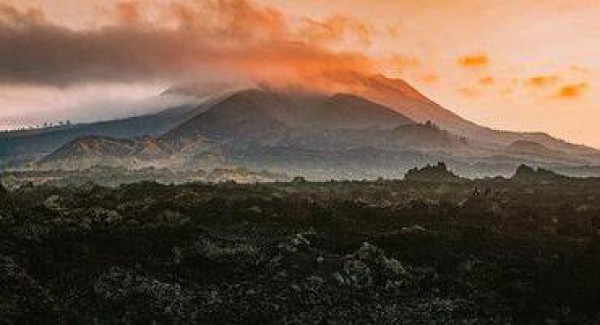
Mount Batur is beautiful during the day, but at its best pre-dawn. Start out before sunrise, watch the sunrise from the top, and have a sumptuous breakfast from the many Warungs on your way down.

Bali has a number of exceptional award-winning restaurants be in Ubud, Seminyak, Canggu, or Uluwatu.
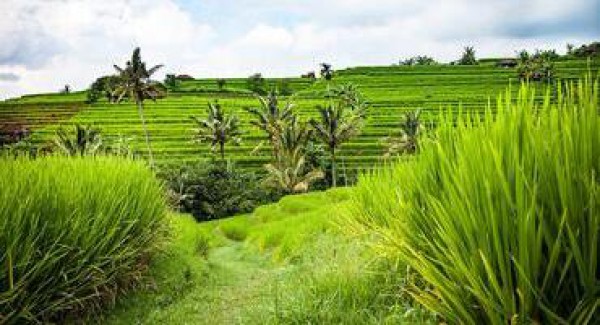
Walk up Ubud's iconic rice paddy terraces soaking in the beauty and the long history of these remarkable constructions.

Wish for something tamer than the ocean? Somewhere the entire family can hang out to their heart's content and make a huge splash? Bali's many water theme parks are your best bet. Check out your friendly neighborhood waterpark, and you are all set.

Grab a snorkel and a mask and look at the sea turtles in Nusa Penida, Tulamben, or Amed. Nusa Dua and Padang Padang are also where you may go dugong-spotting.

Want to buy some furniture? Clothes? Homeware? Swimwear? Bags? Seminyak and Canggu are tops for boutique shopping. If it is traditional Balinese that you are headed after, then it is the tiny lanes of Ubud that you should be at.

Bali has some of the best coffees and coffee spots in the region. If the variety in the cafes are not enough for you, then head right out to Bedugul and lose yourself in the coffee plantations there.
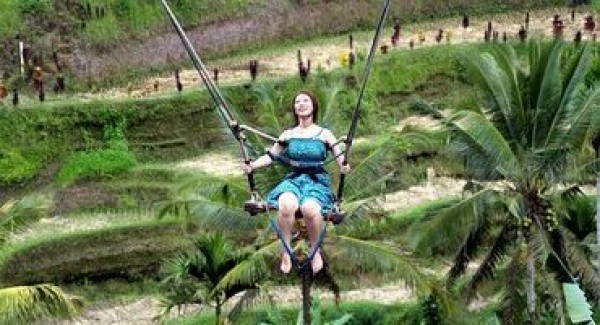
There are several spots in Bali which has sky-high swings that rise in a graceful arc above the treetops. Choose your spot and swing away. Don't forget the Instagram-worthy clicks.
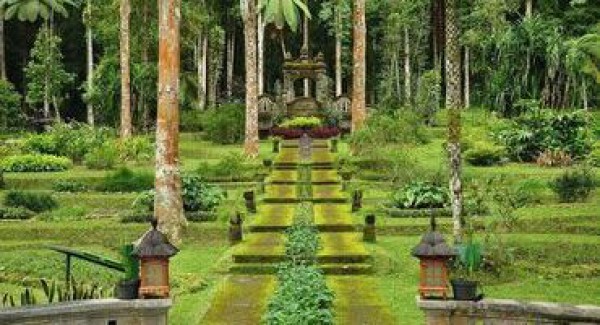
On the mountains of Bedugul are acres and acres of beautifully maintained gardens, a beautiful bamboo grove walk, and a large collection of plants that is sure to delight anyone. A picnic in the lawns would be the best way to enjoy it.
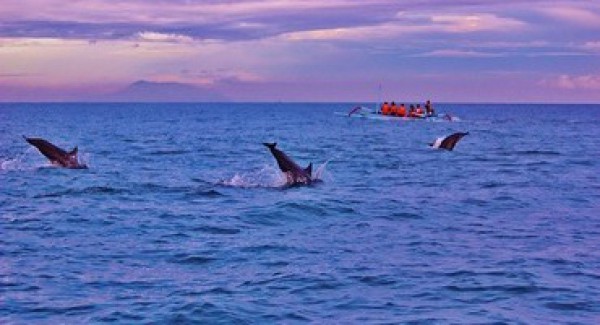
Lovina in North Bali is a beautiful town in itself but watching the dolphins there is a special treat. Book yourself a spot on one of the dolphin watching tours and watch the adorable creatures frolic in the sea.
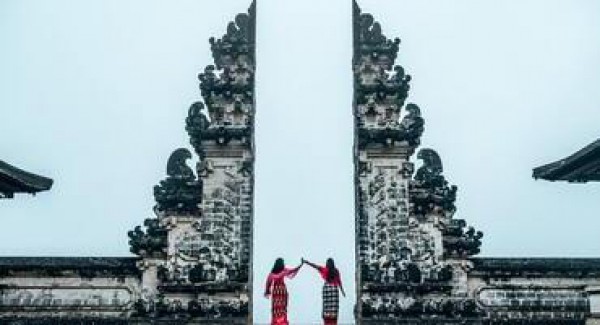
Climb one-thousand steps to Pura Lempuyang or the "Gateway to Heaven" on a clear day and click a picture of Mount Agung framed within the imposing temple gates. Believe us, that picture will be worth a thousand words for sure.
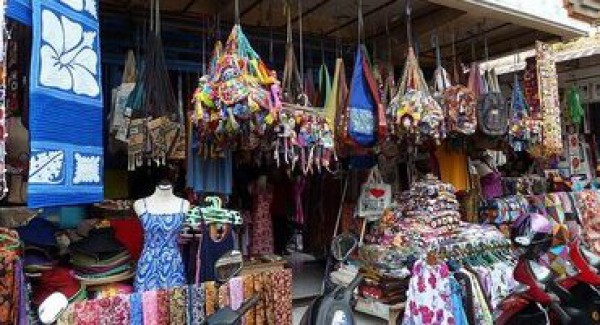
Join the Balinese to visit the local market early in the morning and snag a bargain on the freshest of the fresh.
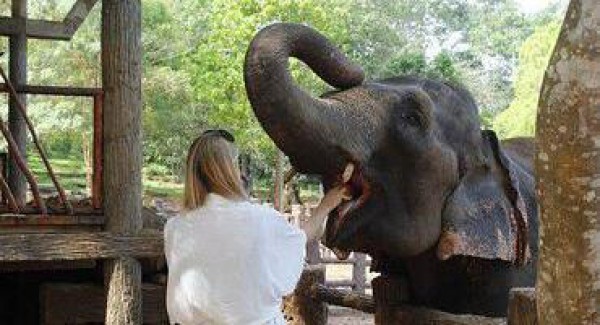
In short, visit Bali Zoo during the day. If you are slightly late in the day, see the Night at the Zoo adventure when the night creatures come out.
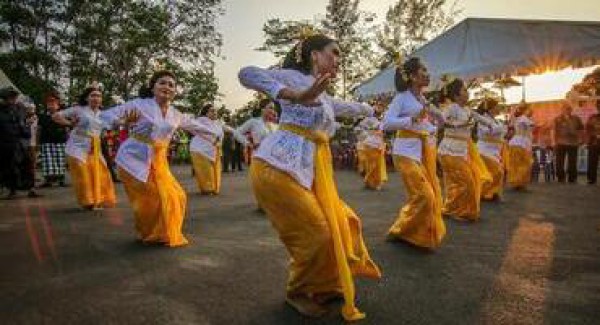
Be it at Uluwatu or Ubud, Balinese dance with its colorful costumes and graceful gestures is an unforgettable experience. Look up on the myths and legends before the performance if you can, so that you can grasp the meaning more fully.
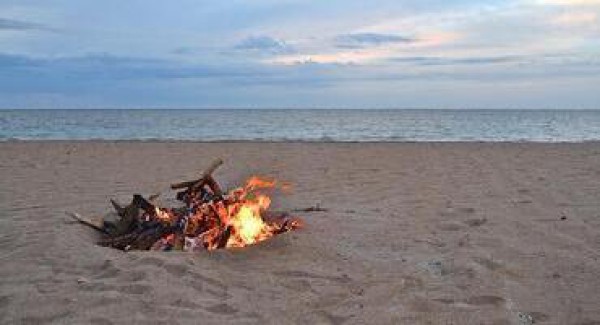
The Sundays Beach Club beneath the Uluwatu cliff is where all the action is at once night falls. Beanbags, bonfires, gourmet food – watch the sunset in style.
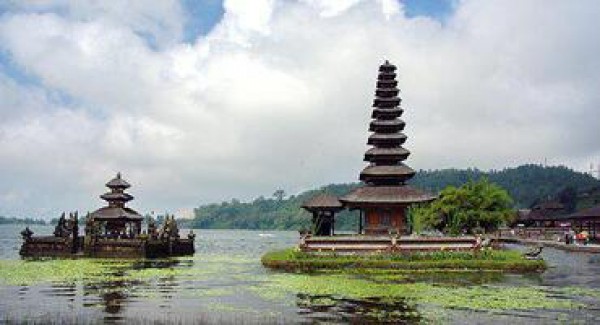
There are many places in Bali that belong to the World Heritage, but the recognition by UNESCO was not made for each of these sites individually, but it groups them all together. The denomination that UNESCO uses for the World Heritage present on the island of Bali is Cultural Landscape of Bali Province: the subak system as a manifestation of the Tri Hita Karana philosophy.
Bali's complex irrigation system known as subak was declared a UNESCO World Heritage in 2012. This water management system came into use in the 9th century when the Balinese found a way to divert water from the mountain springs to all the communities at the base of the mountains. As a result, not only did people living near the springs benefit from the water, but it was also distributed equitably, reaching even those living further away from the spring.
Tri Hita Karana is a traditional philosophy for life in Bali and can be translated as the three causes of well-being or the three reasons for prosperity. These three causes referred to in the Tri Hita Karana are: harmony with God, harmony among people, and harmony with nature or the environment. The principle of Tri Hita Karana is present in many aspects of Balinese life, from daily rituals to spatial organisation in Balinese architecture, but it is also reflected in the traditional irrigation system, the subak.
Bali's cultural landscape consists of five sites that exemplify the interconnected natural, religious and cultural components of the traditional subak system. This landscape includes the Supreme Water Temple of Ulun Danu Batur, the Royal Water Temple of Taman Ayun, Lake Batur, the Subak landscape of the Pakerisan valley and the Subak landscape of Catur Angga Batukaru.
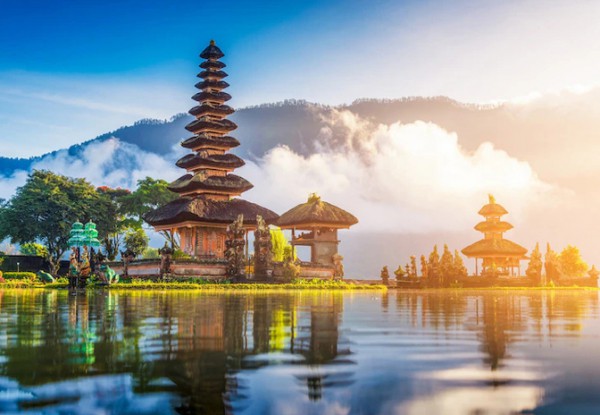
Ulun Danu Batur Temple or Pura Ulun Danu Batur dates back to the 17th century and was built to honor the god Vishnu and the goddess of the lakes, Dewi Danu. The word pura means temple, ulun means head or fountain and danu means lake. The literal translation of the temple's name would be the temple at the spring of Lake Batur. This name illustrates the importance that this temple has for the inhabitants of Bali since the water of the lake passes through it. The Balinese pray in this temple to ask the gods for water to irrigate all the rice fields on the island, since rice is one of the main sources of income for them and also the main ingredient of the Balinese cuisine.
Taman Ayun Temple is one of the best examples of classical Balinese temple architecture, but also the largest and most distinguished water temple in Badung Regency. The Balinese believe that this temple ensures the harmonious circulation of water from the mountains to the rice fields, to the sea, and then back to the mountains. This makes Taman Ayun one of the most important temples related to the subak.
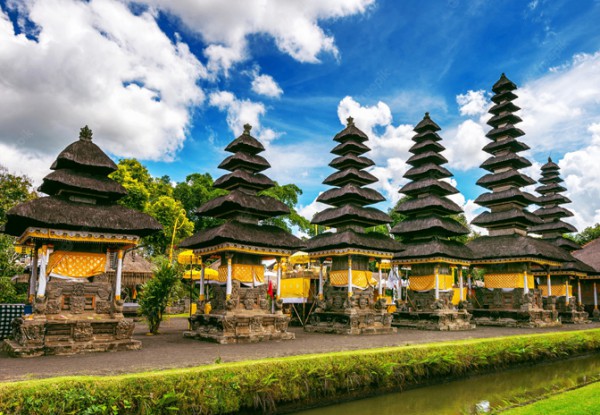
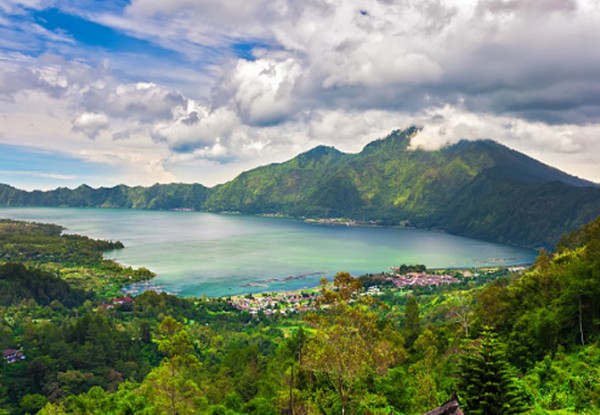
Batur or Danau Batur is located in the former crater of the Batur volcano and is the largest lake in Bali. This lake is especially sacred to the Balinese as it is considered the home of Dewi Danu, the goddess of lakes. Danau Batur supplies water to most areas of Gianyar and Bangli regencies through several underground springs. This lake was included in the cultural landscape of Bali province because it's an extremely important source of water for the island's agricultural activities.
The Pakerisan Valley, located in the Gianyar regency, runs alongside the river with the same name. In this area there are rice terraces like those found at Gunung Kawi where the old Subak irrigation system is still in use. This area is also known as the Valley of the Kings and is home to Gunung Kawi, some amazing carved stone shrines that honor the royalty of the 11th century. In the Pakerisan area are also located the temples Tirta Empul, Goa Gajah and some less-known temples like Pura Pengukur Ukuran, Pura Gaduh, Goa Garba or Candi Tebing Tegallingah.
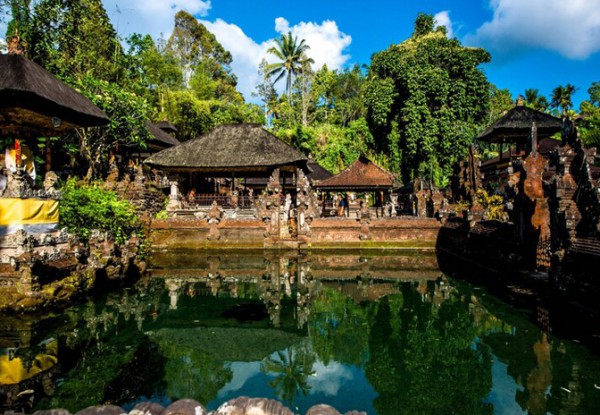
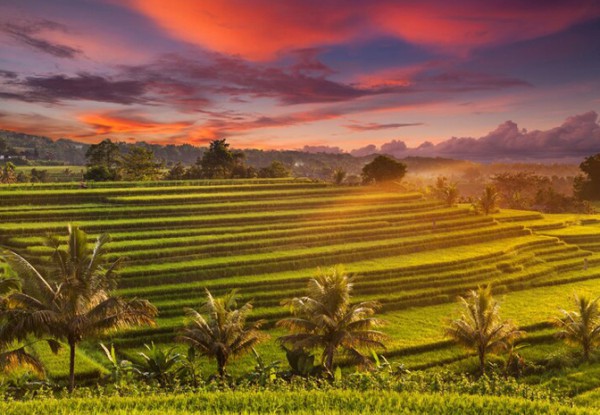
The subak landscape of Catur Angga Batukaru covers portions of Tabanan and Buleleng regencies and is one of the World Heritage areas. Catur Angga Batukaru is a sacred space of over 17,000 hectares, home to some of the oldest rice terraces in Bali dating back to the 10th century. This area includes the impressive Jatiluwih rice terraces, Buyan and Tamblingan Lakes with their temples and also Mount Batukaru with its forests. In the area of Catur Angga Batukaru there are more than 4,500 farmers using the subak irrigation system and therefore this is one of the areas where you can see this unique and innovative water management system which has earned the status of a World Heritage Site.
Most of the cultural landscape included in the World Heritage includes rice fields, temples and lakes that are often missed by tourists. Taking a tour through these places is a different experience where you can learn more about the Balinese culture and also about the World Heritage.